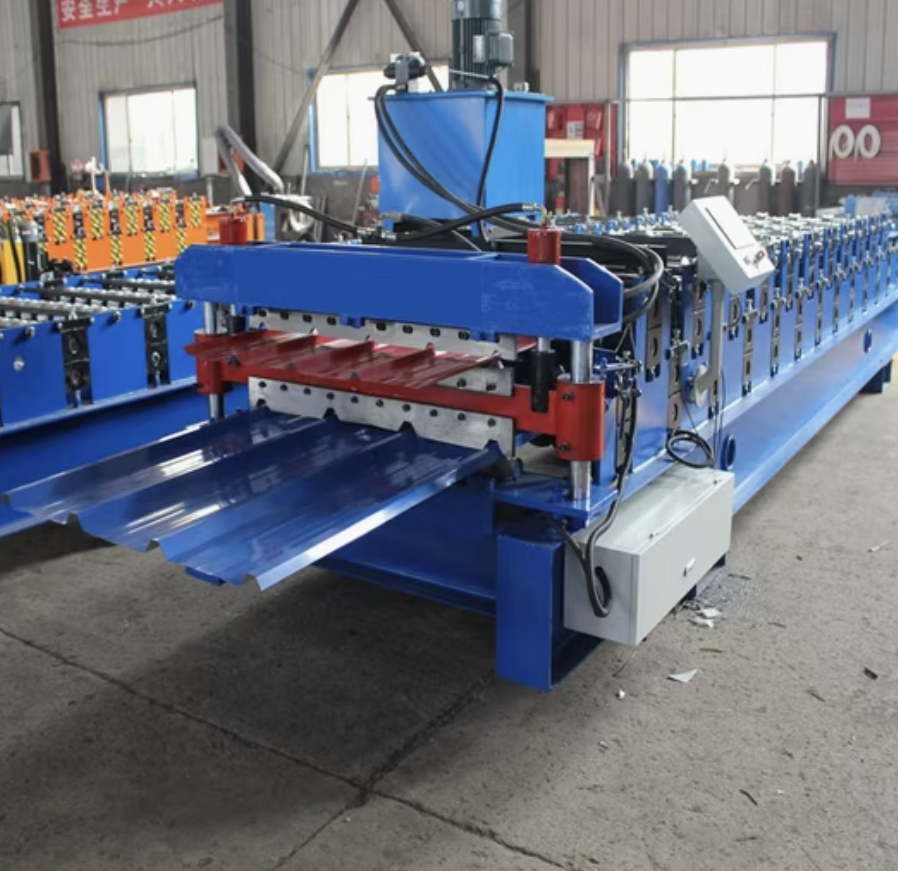To express an interest in this machine please submit the form below.

Not Sure What Machine You Need?
Select Your Profile, We'll Match It
Choose your desired profile drawing, and let Machine Matcher connect you with the best roll forming machine tailored to your needs.
Browse Profiles


A roofing sheet roll forming machine is an automated piece of equipment used in the construction industry to produce metal roofing sheets in various profiles. These sheets are widely used for both residential and commercial building projects due to their durability, weather resistance, and aesthetic appeal. The machine takes a coil of metal, processes it through multiple stages of rolling and shaping, and produces roofing sheets with consistent and precise profiles.
Roofing sheet roll forming machines are designed to be highly efficient, producing sheets quickly to meet high demands. The machine typically includes a decoiler, feeding system, main roll forming unit, hydraulic cutting system, and an output table. These machines are known for their versatility, as they can be customized to produce different sheet profiles such as trapezoidal, corrugated, and ribbed.
Q: What types of roofing profiles can this machine produce?
A: This machine can produce various profiles, including trapezoidal, corrugated, ribbed, and tile-like profiles. Each profile is customizable to meet different architectural requirements.
Q: How long does it take to set up the machine?
A: Setting up the machine can take anywhere from a few hours to a day, depending on the complexity of the setup and the factory environment. Initial calibration may require additional time.
Q: What materials are compatible with this roll forming machine?
A: The machine can process a wide range of materials, including galvanized steel, aluminum, and stainless steel, typically within a thickness range of 0.3 to 0.8mm.
Q: What maintenance does this machine require?
A: Regular maintenance includes daily checks for lubrication and alignment, monthly inspections of the hydraulic and electrical systems, and an annual comprehensive inspection.
Q: Is training required to operate this machine?
A: Yes, training is recommended to ensure safe and efficient operation. Most manufacturers provide training sessions for new operators.
Q: How much space is needed for installation?
A: Depending on the model, the machine can occupy approximately 10 to 20 meters in length and 1 to 2 meters in width. Ensure sufficient workspace around the machine for coil handling and product stacking.
Q: Can the machine be customized to meet specific requirements?
A: Yes, customization is available for most roofing sheet roll forming machines. You can adjust settings to create specific profiles, add extra features, or enhance automation.
Q: What is the average production speed of this machine?
A: Production speed varies by model. Standard machines operate at 10-20 meters per minute, while high-speed models can reach up to 40 meters per minute.
Copyright 2026 © Machine Matcher.